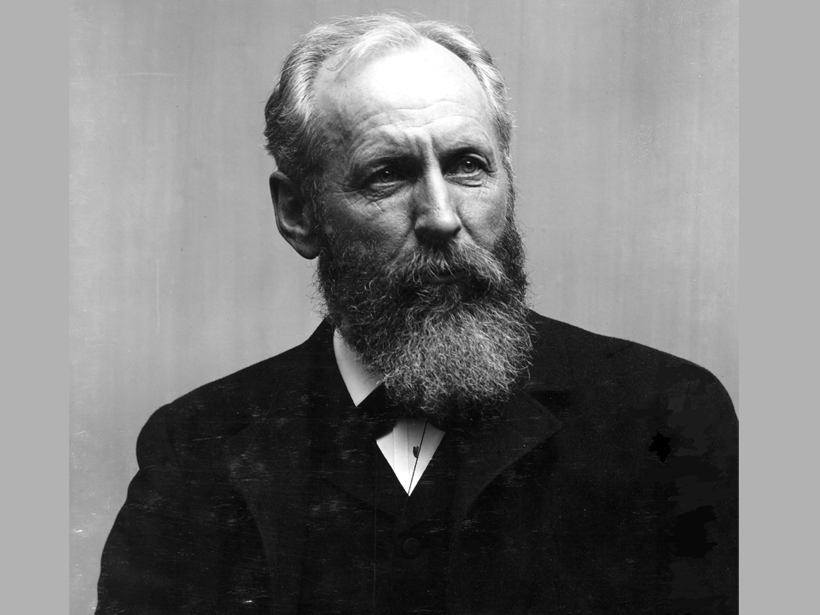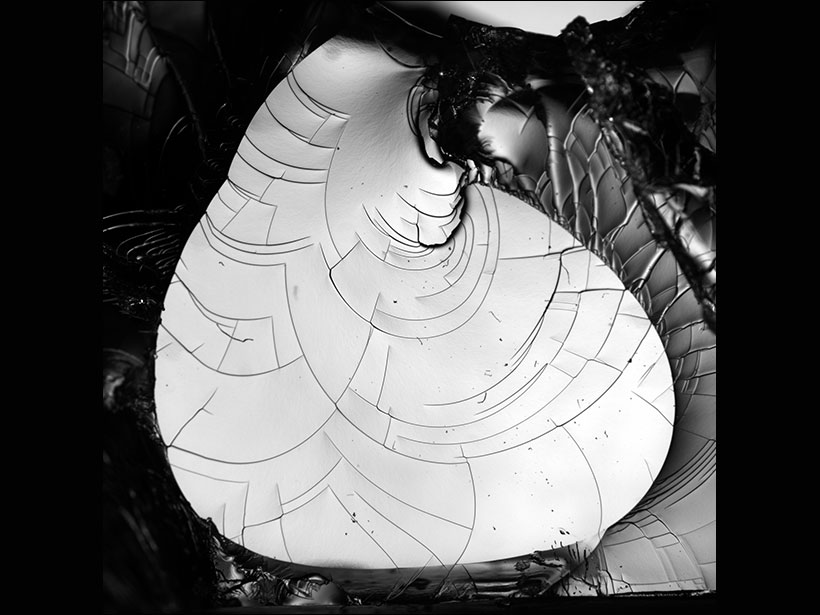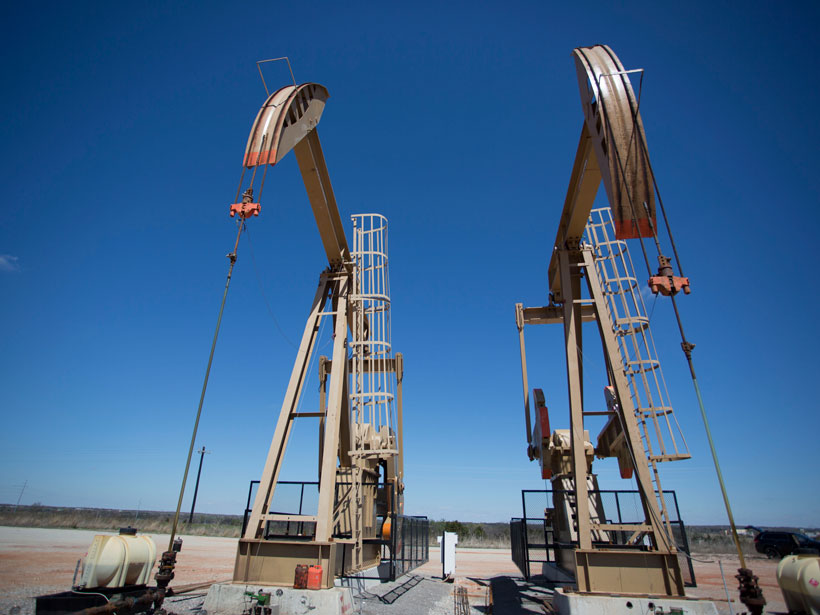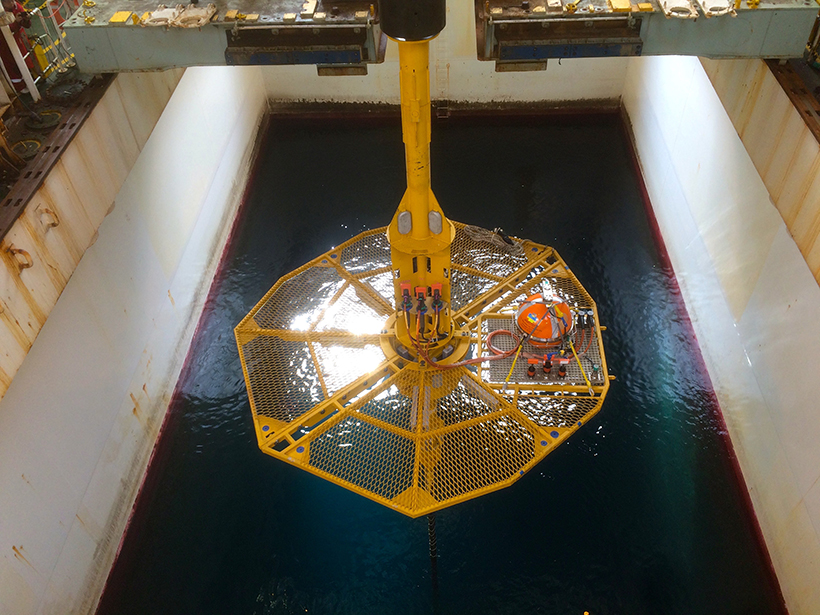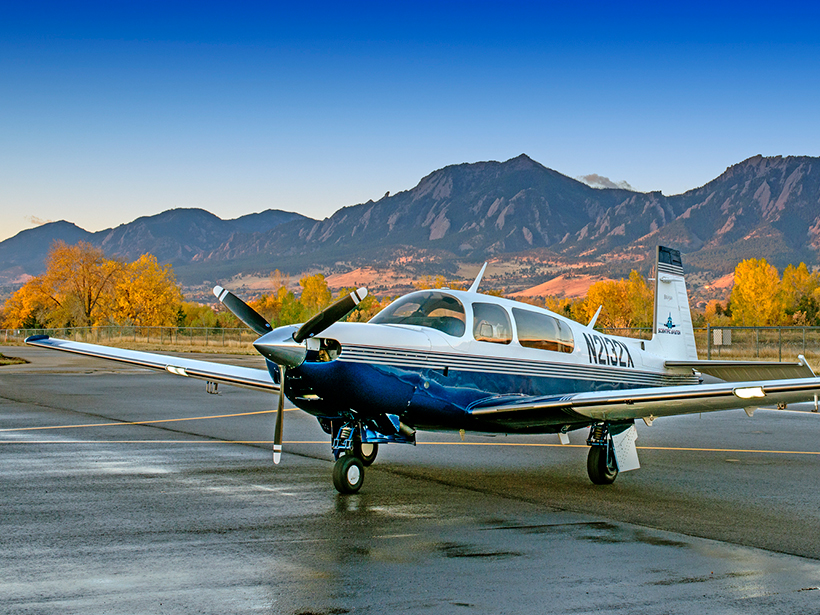In the company of other explorers as passionate as he was about geomorphology, Gilbert derived one fundamental geological insight after another from the landscapes of the American West.
Centennial Collection
Marking the 100th anniversary of AGU and Eos, this collection celebrates a century of achievements in the Earth and space sciences and looks forward to the next 100 years of scientific discovery and transformation.
Watch Tiny Cracks Travel in 3-D
Scientists used a transparent gel and high-speed photography to figure out how cracks form and spread. What they found could help explain earthquakes and fracturing glaciers.
Catching Oklahoma’s Tiny Tremors in the Act
Scientists map thousands of microearthquakes in Oklahoma to take a closer look at the seismic effects of wastewater injection following oil and gas operations.
Inspiring the Next Generation of Earth and Space Scientists
Join AGU’s growing community of philanthropists who are helping to shape the future of our Earth and space sciences by supporting the Austin Endowment for Student Travel.
In a Submarine Trough, Permeable Rocks May Lead to Quakes
In Japan’s submarine Nankai Trough, rock permeability is much higher when measured at larger scales, likely because of big fractures and faults that are not captured at small scales.
AGU Congratulates Its First “Celebrate 100 Grants” Awardees
The projects that these grants support showcase the far-reaching societal benefits of Earth and space science.
Election Results Offer Hope for Climate Action
The Democrats’ control of the House of Representatives promises to provide checks and balances on the Trump administration, environmental leaders say.
Volcano in Iceland Is One of the Largest Sources of Volcanic CO2
High-precision airborne measurements, in combination with atmospheric modeling, suggest that the Katla subglacial caldera may be one of the planet’s biggest sources of volcanic carbon dioxide.
Free Flight Time for Projects in Atmospheric Sciences
Got an urgent or innovative project that involves collecting airborne data? A research flight company is donating an estimated $100,000 of its resources to help you.
A More Detailed Look at Earth’s Most Poorly Understood Crust
The second-generation Antarctic Digital Magnetic Anomaly Project offers a powerful new tool for probing the structure and evolution of the southernmost continent’s lithosphere.

